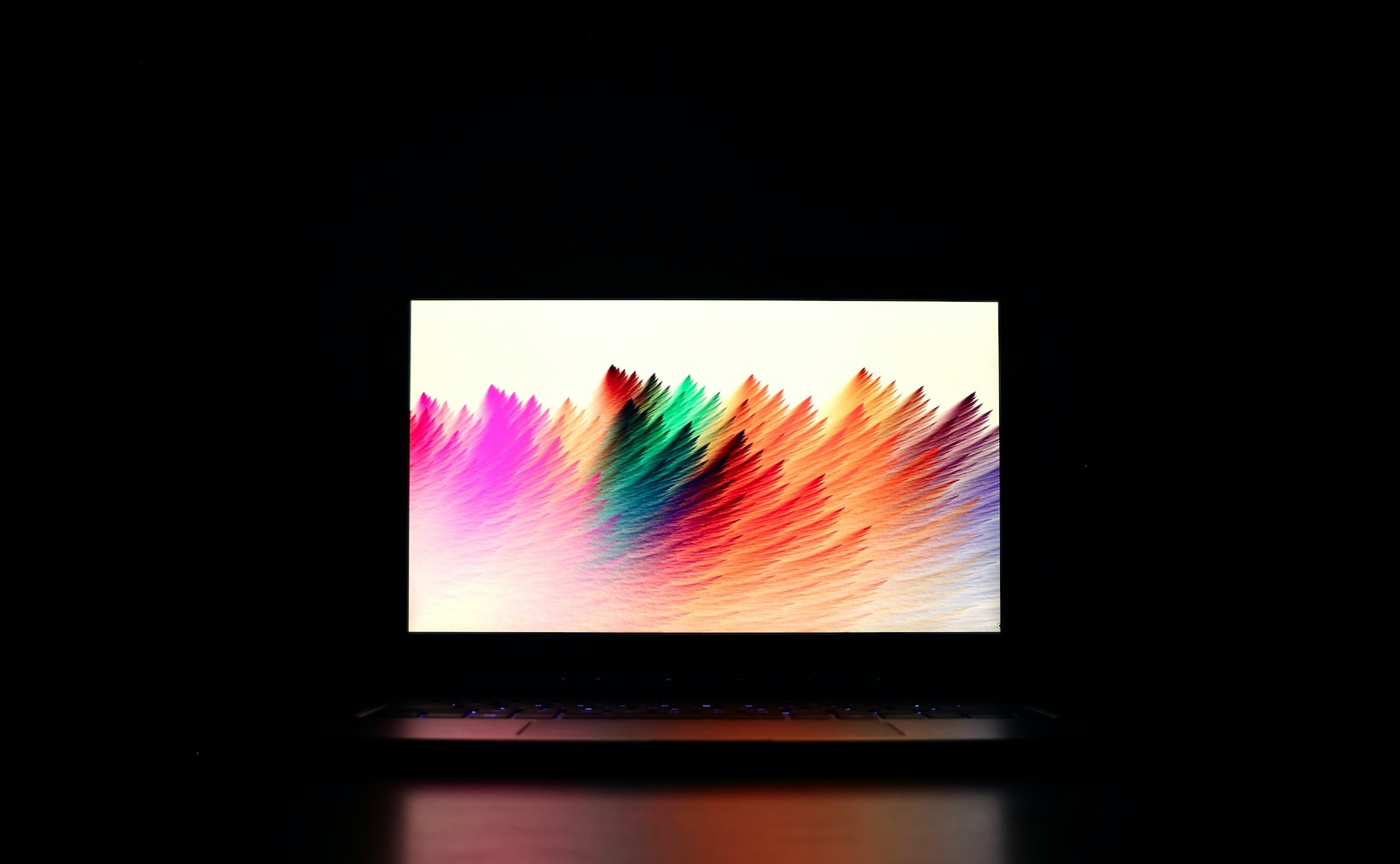In the world of media production, virtual sets and physical sets are two popular options for bringing creative visions to life. While both serve the purpose of creating engaging visuals, they differ in their approach and capabilities. Understanding the distinctions between virtual sets and physical sets can help media producers make informed decisions about which option is best suited for their projects.
Virtual sets, as the name suggests, offer a digital approach to set design. Using advanced technology and green screens, virtual sets allow for flexibility and customization. With virtual sets, producers have the freedom to create any environment or backdrop they desire, from futuristic landscapes to historical settings. They can incorporate dynamic motion visuals and interactive elements to enhance the visual experience. Virtual sets are commonly used in television shows, films, and live stream productions.
On the other hand, physical sets provide an authentic and tangible experience. With physical sets, actors and crew members can physically interact with the set pieces, creating a realistic environment. These sets are perfect for creating immersive scenes that require physical presence and interaction. Physical sets are commonly used in talk shows, interviews, and productions where a genuine connection with the surroundings is crucial.
Hybrid sets offer the best of both worlds by combining physical set pieces with virtual features. This allows for the seamless integration of real-world elements with virtual environments. Hybrid sets provide versatility and endless creative possibilities. Producers can create realistic settings with enhanced virtual elements, such as a home environment with a stunning beach view seen through the windows.
Key Takeaways
- Virtual sets offer flexibility and customization through advanced technology and green screens.
- Physical sets provide an authentic and immersive experience with tangible set pieces.
- Hybrid sets combine physical set pieces with virtual features, offering the best of both worlds.
- Virtual sets are commonly used in television shows, films, and live stream productions.
- Physical sets are commonly used in talk shows, interviews, and productions that require physical presence.
Advantages of Virtual Sets in Media Production
Virtual sets offer numerous advantages in media production, leveraging advanced technology to bring flexibility and creativity to visual storytelling. By utilizing green screen technology and customizable visuals, virtual sets provide the ability to create environments that align seamlessly with the project’s theme or brand. The versatility of virtual set technology allows for the quick and efficient shooting of b-roll footage, enhancing the depth and visual appeal of the production.
One of the key advantages of virtual sets is their ability to create 360-degree scenes, immersing viewers in a fully realized environment. This not only adds depth and realism to the production but also enhances the overall viewing experience. Additionally, virtual sets enable remote shooting with robotic cameras, providing the opportunity for flexibility and efficiency in a studio setting. This allows for more creative freedom and the ability to experiment with different angles and shots, resulting in visually stunning content.
The Advantages of Virtual Sets:
- Flexibility and customization
- Efficient shooting of b-roll footage
- Enhanced depth and visual appeal
- 360-degree scenes for immersive experiences
- Remote shooting with robotic cameras
- Creative freedom and experimentation
Virtual sets have revolutionized media production, providing a cost-effective solution that offers endless possibilities for creativity. With the advancements in virtual set technology, such as Unreal Engine and Ultimatte 12, these sets can look and feel as if they are physically present. The use of LED walls and game engines allows for high-resolution and immersive backgrounds, seamlessly integrating actors into the virtual environment.
As the media industry continues to evolve, virtual sets play a crucial role in pushing the boundaries of visual storytelling. They offer the flexibility, customization, and technological advancements that are essential in creating visually stunning and engaging productions for television, film, and live streaming.
Benefits of Physical Sets in Media Production
Physical sets play a crucial role in media production, offering a range of benefits that contribute to the authenticity and immersive experience of a production. Unlike virtual sets, physical sets provide tangible elements that actors can interact with, creating a more realistic and believable environment. This level of authenticity enhances the overall quality of the production and can significantly impact the audience’s engagement and enjoyment.
One of the key advantages of physical sets is the ability to leverage the contours, shadows, and textures of the backdrop to create visually appealing scenes. The physicality of the sets allows for the manipulation of lighting and camera angles, resulting in captivating visuals that draw viewers into the story. Whether it’s a talk show set, a home environment, or a carefully crafted backdrop, physical sets provide a level of detail and craftsmanship that cannot be replicated in virtual environments.
Interaction and Immersion
Another significant benefit of physical sets is the opportunity for actors to interact with their surroundings. From manipulating props to physically moving within the set, this level of engagement enhances the actors’ performances and contributes to the authenticity of their characters. Furthermore, physical sets allow for practical effects, such as explosions or collapsing structures, that can create impactful moments within a production.
In addition to the interaction and immersion they offer, physical sets are also practical for interviews or productions that take place remotely. By recreating specific environments, like a home or an office, physical sets provide a consistent backdrop for remote interviews, ensuring a professional and visually appealing result.
| Benefits of Physical Sets in Media Production | |
|---|---|
| Enhances authenticity and believability | ✓ |
| Opportunity for interaction and immersion | ✓ |
| Allows for practical effects | ✓ |
| Practical for remote interviews | ✓ |
In summary, physical sets offer a range of benefits in media production, creating an authentic and immersive experience for both actors and viewers. From the visual appeal of carefully crafted backgrounds to the opportunity for interaction and practical effects, physical sets bring a level of realism that cannot be replicated in virtual environments. Furthermore, their practicality for remote interviews makes them a versatile option for various productions. When considering the best approach for a media production, the advantages of physical sets should be carefully weighed against the benefits of virtual sets and hybrid sets, ensuring the chosen set aligns with the project’s vision and objectives.

The Advantages of Hybrid Sets in Media Production
Hybrid sets provide a unique and innovative approach to media production by combining elements of both virtual sets and physical set pieces. This blending of technologies offers a range of advantages that can enhance the visual impact and storytelling capabilities of productions. By leveraging virtual set technology alongside carefully crafted physical set pieces, filmmakers and producers can create immersive and visually stunning environments that captivate audiences and bring stories to life.
Flexibility and Customization
One of the key advantages of hybrid sets is the flexibility and customization they offer. With virtual set technology, creators have the ability to design and modify sets to suit the specific needs of their production. Virtual elements can be seamlessly integrated with physical set pieces, allowing for the creation of unique and dynamic environments that would be difficult or costly to achieve with physical sets alone. This level of flexibility enables filmmakers to bring their creative vision to fruition and ensures that every aspect of the set aligns with the desired aesthetic and narrative.
Cost-Effectiveness
Hybrid sets also provide a cost-effective solution for media production. While fully virtual sets can require significant investment in technologies and infrastructure, hybrid sets allow for the integration of existing physical set pieces, reducing the need for extensive construction and set decoration. By leveraging virtual set technology alongside physical set elements, production costs can be optimized without sacrificing the visual quality and impact of the final product.
Seamless Integration of Real and Virtual
By combining physical set pieces with virtual backgrounds and effects, hybrid sets seamlessly blend the real and virtual worlds. This integration creates a more immersive and believable experience for both the actors and the audience. The use of green screens and motion tracking technologies ensures that actors interact seamlessly with the virtual elements, enhancing the overall realism and immersion of the production. The seamless integration of real and virtual elements in hybrid sets opens up new possibilities for storytelling and allows for the creation of visually stunning environments that captivate and engage viewers.
| Advantages of Hybrid Sets in Media Production | Explanation |
|---|---|
| Flexibility and Customization | Virtual set technology allows for the design and modification of sets to suit specific production needs, with seamless integration of physical set pieces. |
| Cost-Effectiveness | Optimizes production costs by leveraging existing physical set pieces alongside virtual set technology. |
| Seamless Integration of Real and Virtual | Creates a more immersive and believable experience by seamlessly blending physical and virtual elements, enhancing realism and engagement. |
These advantages make hybrid sets a compelling choice for media productions seeking to push the boundaries of visual storytelling. By harnessing the power of virtual set technology and combining it with carefully designed physical set pieces, creators can create captivating and visually stunning environments that enhance the overall production and captivate audiences.
The Role of Virtual Set Technology in Modern Media Production
Virtual set technology has revolutionized the way media production is approached in the modern era. With advancements in software like Unreal Engine and keying software like Ultimatte 12, virtual sets have become increasingly lifelike and realistic. This technology allows for the seamless integration of actors into virtual environments, creating visually stunning and immersive scenes that may not exist in real life.
One of the key advantages of virtual sets is the flexibility they offer. By using green screen technology and customizable visuals, media producers can create environments that align perfectly with the project’s theme or brand. This flexibility allows for endless possibilities and enables the easy shooting of B-roll footage in virtual settings.
Virtual sets also play a crucial role in remote shooting. With the use of robotic cameras, actors can be filmed in one location while seamlessly blending into a virtual environment in real-time. This opens up new opportunities for creative storytelling, as it eliminates geographical limitations and allows for collaboration between talent located in different parts of the world.
Advancements in Virtual Set Technology
Advancements in virtual set technology have allowed for the creation of high-resolution and immersive backgrounds. LED walls and game engines are used to generate stunning visual effects, making virtual sets look and feel as if they are physically present. These technological advancements have significantly enhanced the quality and realism of virtual sets, providing a truly immersive experience for both the actors and the audience.
Furthermore, virtual set technology has expedited the production process. With virtual sets, there is no need for extensive set construction and decoration, reducing both time and cost. The ability to quickly switch between different virtual environments also increases efficiency, as it eliminates the need for physical set changes and allows for seamless transitions between scenes.
| Advantages of Virtual Set Technology in Modern Media Production |
|---|
| Flexibility in creating customized environments |
| Ability to shoot B-roll footage easily |
| Enables remote shooting with robotic cameras |
| High-resolution and immersive backgrounds |
| Reduces time and cost in production |
In conclusion, virtual set technology has transformed the landscape of media production. With its flexibility, realism, and efficiency, virtual sets offer a wide range of advantages that enhance storytelling and push the boundaries of creativity. As technology continues to advance, virtual sets will continue to play an integral role in the future of media production.
Conclusion
Media production is a dynamic and creative field that offers a range of options for visual storytelling. Virtual sets and physical sets are two prominent choices, each with its own unique advantages.
Virtual sets provide unparalleled flexibility and customization. By utilizing green screens and motion visuals, media producers can create stunning visuals that align perfectly with the project’s theme or brand. Virtual sets also offer the convenience of easily shooting B-roll footage and the ability to enhance production quality with 360-degree scenes. Additionally, remote shooting is made possible through the use of robotic cameras, while studios offer ample room for creativity.
On the other hand, physical sets bring authenticity to media production. The tangible nature of physical sets allows talent to interact with their surroundings, creating a realistic and immersive experience for both actors and the audience. Physical sets are particularly well-suited for interviews and talk show sets, where the authenticity of the environment plays a crucial role.
Hybrid sets, which combine elements of both virtual and physical sets, offer the best of both worlds. By blending physical set pieces with virtual features, media producers can create seamless and visually stunning environments. Hybrid sets provide endless possibilities for creativity and allow for the creation of unique and immersive settings that may not exist in real life.
In summary, the choice between virtual sets and physical sets in media production depends on the specific needs and vision of each project. Virtual sets offer flexibility and customization, while physical sets bring authenticity and interaction. Hybrid sets provide a combination of both. By understanding the differences and advantages of each option, media producers can make informed decisions to create visually stunning and engaging productions.
FAQ
What is the difference between virtual sets and physical sets in media production?
Virtual sets utilize green screen technology and customizable visuals, while physical sets offer authenticity and interaction with set pieces.
What are the advantages of virtual sets in media production?
Virtual sets provide flexibility, customization, and endless possibilities for creativity. They also allow for remote shooting and enhanced depth in production.
What are the benefits of physical sets in media production?
Physical sets bring authenticity and a realistic look to productions. They allow talent to interact with set pieces and create a tangible and immersive experience.
What are hybrid sets and their advantages in media production?
Hybrid sets combine physical set pieces with virtual features, providing a seamless blend of physical and virtual elements. They offer versatility and endless possibilities for visually stunning productions.
How does virtual set technology play a role in modern media production?
Virtual set technology, such as Unreal Engine and keying software like Ultimatte 12, allows for realistic and immersive virtual environments that actors can seamlessly blend into.
What should media producers consider when choosing between virtual sets and physical sets?
The choice depends on the specific needs and vision of the production. Virtual sets provide flexibility and customization, while physical sets offer authenticity and interaction with the surroundings.
 Skip to main content
Skip to main content


